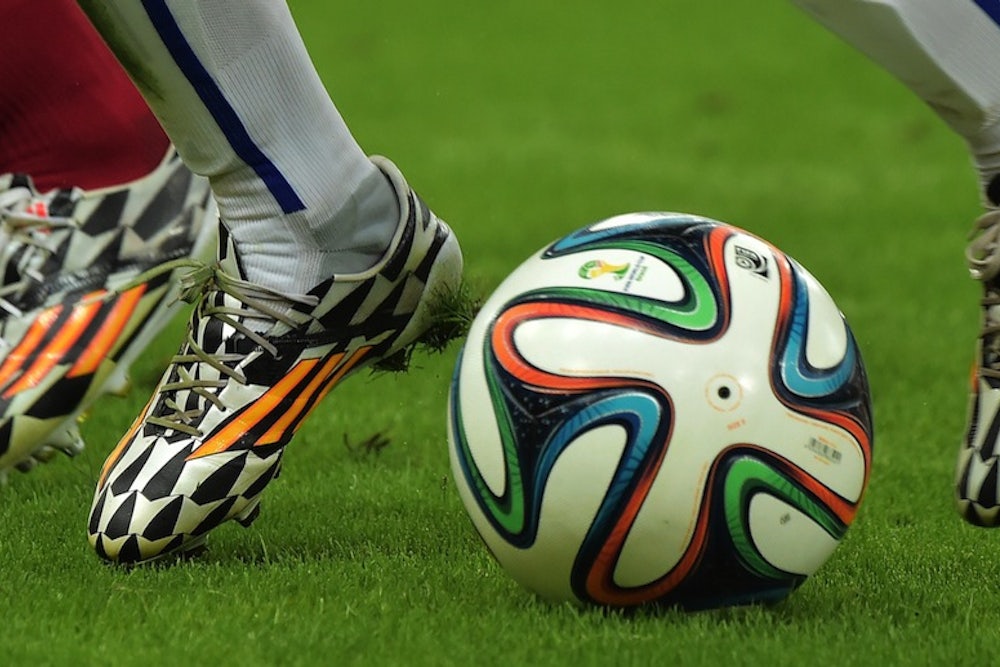To a casual observer, The World Cup’s new official tournament ball, the Adidas Brazuca, looks roughly identical to previous World Cup balls. But the Brazuca is in fact a distinct departure from the Jabulani ball used in South Africa four years ago. The difference? Texture. The latest World Cup soccer ball, two years in development at Adidas, has 50 percent longer seams, which make the ball less smooth and more predictable in flight.


For many years, the trend in soccer balls had been toward a smoother, sleeker surface. Unlike baseball and cricket, which have strict rules about the amount of stitching on their respective balls, soccer has no hard-and-fast stitching rules. As with so many products, development often means sleeker design. But in soccer, sleeker isn’t always better.
John Bush, a professor of applied mathematics at MIT and a lifelong soccer fan, confirms that the smoothness of the ball affects the trajectory of its flight. In a 2013 paper, “The Aerodynamics of the Beautiful Game,” published in Sports Physics, Bush explains that two similar balls struck precisely the same way can actually curve in opposite directions depending on their relative smoothness. A smoother ball is harder to control because of the way the air flows around it. And if the ball is perfectly smooth, it actually curves in the wrong direction—the direction contrary to what the player’s strike dictates.
Bush puts this down to the way the surface of the ball creates motion at a “boundary layer” between the spinning ball and the air. The boundary layer, he explains can be laminar—smooth-flowing—or turbulent, in which case you have air “eddies.” The boundary layer changes according to how quickly the ball is spinning, and the ball’s surface roughness influences where that transition arises. As a result, if you change the patterning of the soccer ball’s panels, the transition points move and the pressure distribution shifts. With increased surface roughness, the Brazuca is easier to control and less susceptible to the force of air currents. Bush’s research suggests that the new ball will make for fairer play.
Related: This was the best (or at least best-looking) World Cup ball of all time.
